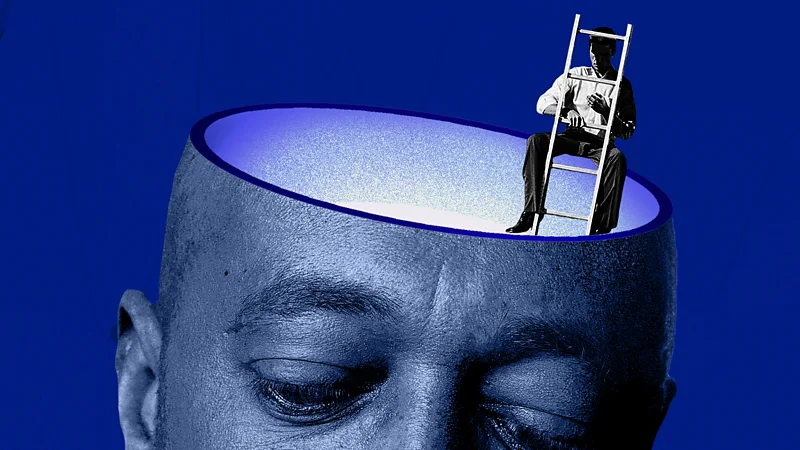'I saw everything was destroyed': Memories still incredibly raw 20 years after Boxing Day tsunami
On this day 20 years ago, the world looked aghast as the deadliest tsunami in history ripped across the Indian Ocean. It took just seconds for the Earth's crust to be pulled apart and the devastation it left behind was almost unfathomable.

In Khao Lak, in the south of Thailand, the memories are still incredibly raw.
Suthep Tongsrikaew is a fisherman. The 59-year-old was on his boat when the wave hit.
"I knew instinctively something was wrong and it was dangerous," he tells me as he stares forlornly out to sea. "But I didn't know what a tsunami was. The more I moved, the more the wave went against me. It was so strong."
His boat capsized. But miraculously Suthep survived by clinging on to the gas tank he used for cooking.
"I didn't know how damaged everything was until the tide brought me back. Then I saw everything was destroyed," he says.
That destruction he describes killed 10 of his family members. His wife, his father, mother and daughter - all gone.
Processing the bodies of the dead was extremely challenging. It took Suthep seven months to receive the news that his daughter's body had finally been identified.
Yan Yao, a tranquil temple, suddenly became the focus of a huge and imperfect forensic effort. It was hot and bodies were bloated and disfigured.
Thai forensic scientists were unprepared for such an event and faced criticism for prioritising foreigners. They didn't have the kind of data collection they do now and DNA results took weeks to come back. Outside the temple, bodies were piling up.
Forensic scientist raced to identify bodies 'before they decomposed'
Praew Suppajariyawat, from Thailand's Central Institute of Forensic Science, was just 23 years old at the time. She spent 41 days working and living among the dead at Yan Yao.
She says there were many practical challenges, trying to "manage lots of bodies at the same time and how to identify the bodies before they decomposed and before all of the DNA or fingerprints degraded."
Around 5,000 people lost their lives in Khao Lak alone - a village in the south of the country about 90 minutes from popular Phuket.
It was the worst-hit area in Thailand. Many of the dead were tourists enjoying a pristine stretch of beach with azure waters. They had to rebuild vast swathes of it - hotels and houses now placed further back from the shoreline.
And the many traumatised people, some of whom lost most of their family, have tried to rebuild their lives too.
Amid all the loss Aumpun and Suthep found each other
Aumpun Patnoy, 58, is among them. She lost her husband Arom in the tsunami and survived by clinging on to a pillar. She discovered him at Yan Yao temple.
"It was 8pm. I could recognise him right away from his orange shirt and necklace," she recalls with vivid precision.
But amid all the loss Aumpun and Suthep found each other.
'Our hearts just connected'
"It's good," she says with a wide smile. "He also lost his partner. So we are the same. And we've been able to build a life together."
Suthep, who lost so many of his family, has the detached gaze of a man who has carried too much weight. But when talking about Aumpun, he lights up. "It's heartwarming. Our hearts just connected," he says.
There are now tsunami warning systems in place in the Indian Ocean. There weren't then and it proved utterly devastating.
But along with the grief that still endures on these shores and across many many, Aumun and Suthep show the resilience and hope that has come from the very worst of times.
-SKY NEWS







